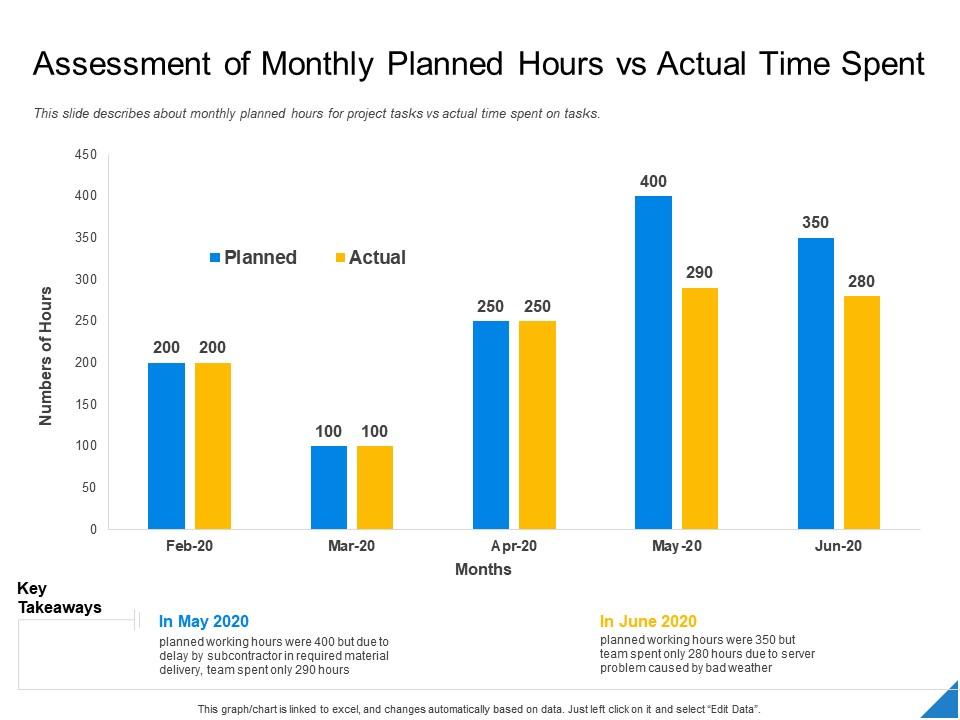
Honesty and transparency around billable hours can also help build client trust. An example is when a highly paid worker performs a low-level task, which influences labor efficiency variance. Time Doctor’s payroll management feature ensures that you don’t spend valuable time double-checking calculations when handling payroll.
Why should you track billable hours?
- To get even more granular, the Department-Based Budgeting tool makes the right scheduling decisions even more apparent for each area of the business.
- To calculate annual billable hours, subtract non-billable hours from the total work hours in a year.
- The utilization rate calculates billable time as a percentage of an employee’s total working hours.
- From a regulatory standpoint, working time laws must be adhered to.
- They’ll know the time spent on each specific task that you’ve done for them and can clearly see where their money is going.
With billable hours calculated, It’s time to send an accurate invoice to your client. Usually, direct labor rate variance does not occur due to change in labor rates because they breakeven point bep definition are normally pretty easy to predict. A common reason of unfavorable labor rate variance is an inappropriate/inefficient use of direct labor workers by production supervisors.

How To Increase Billable Hours
For multi-location restaurants, the Operations Overview tool shows key restaurant metrics for all locations, including hours and revenue, to narrow down which units need improvement. To get even more granular, the Department-Based Budgeting tool makes the right scheduling decisions even more apparent for each area of the business. No matter if your teams work on-site or remotely, conference calls are the staple of any team.
Track Earned Vs Actual Labor Hours to Boost Revenue for All Locations
Good management helps with billing practices and keeps billing correct. It’s very important to tell the difference between projects that can be billed. It helps with productivity and work that makes money, and tasks that can’t be billed. Calculating the correct pay rate per hour also plays a role in figuring out your actual hours. This includes things like if an employee can get benefits that may affect overall billing practices. Billable hours are the amounts of an employee’s time that can be charged to a client.
What is the Difference Between Billable Hours vs Actual Hours?
Once you have accurate time tracked data for each task, you can analyze the difference between your estimates and actual hours worked. Hubstaff is a time-tracking tool for on-field teams with features to streamline the process of calculating payroll hours. A great time tracking tool also doubles up as a productivity management tool, helping you analyze each employee’s productivity. Business owners and leaders stay up to date on calculating hours worked using time tracking tools. Some employees find it less stressful when they do not have to track their hours or keep up with a busy work schedule.
Building contractors and freelancers, for example, could be said to work something akin to billable hours on a daily basis. The term “billable hours” can sometimes cause confusion because people in many different professions charge by the hour for their work through invoicing. We’ve compiled a guide that will tell you everything you need to know about billable hours and the tools you need to start optimizing outputs as soon as possible. Discover the best time and billing software solutions for accountants in 2024, enhancing efficiency, accuracy, and productivity in managing client accounts. One very important part of managing a business efficiently is regularly reviewing and adjusting rates. This basic procedure improves the billing practices, increases billing accuracy, etc.
Project management tools like Asana help improve a company’s productivity. They give a good structure for tracking projects that can be billed. This makes sure billing is correct and keeps track of total hours worked.
To figure out billable hours, you need a good system for tracking time. This system records the total hours worked on projects that can be billed. It separates these hours from hours worked on tasks that can’t be billed or other work.
Knowing the difference between billable hours and non-billable work helps employees focus more on work that makes money. According to a survey by Databox, 75% of businesses use the fixed price model as their primary agency pricing model, with only around 17% using primarily hourly pricing. No matter how you’re billing your clients, consider tracking your hours.
This requires dividing the total revenue you aim to generate by the total billable hours spent on a project. Billable hours are the time spent working on tasks directly related to client projects that will be invoiced for. Using a time tracking tool to invoice clients based on tracked hours solves these issues. Toggl Track offers powerful reporting features that generate insights into the time spent on specific projects, tasks, and clients.
